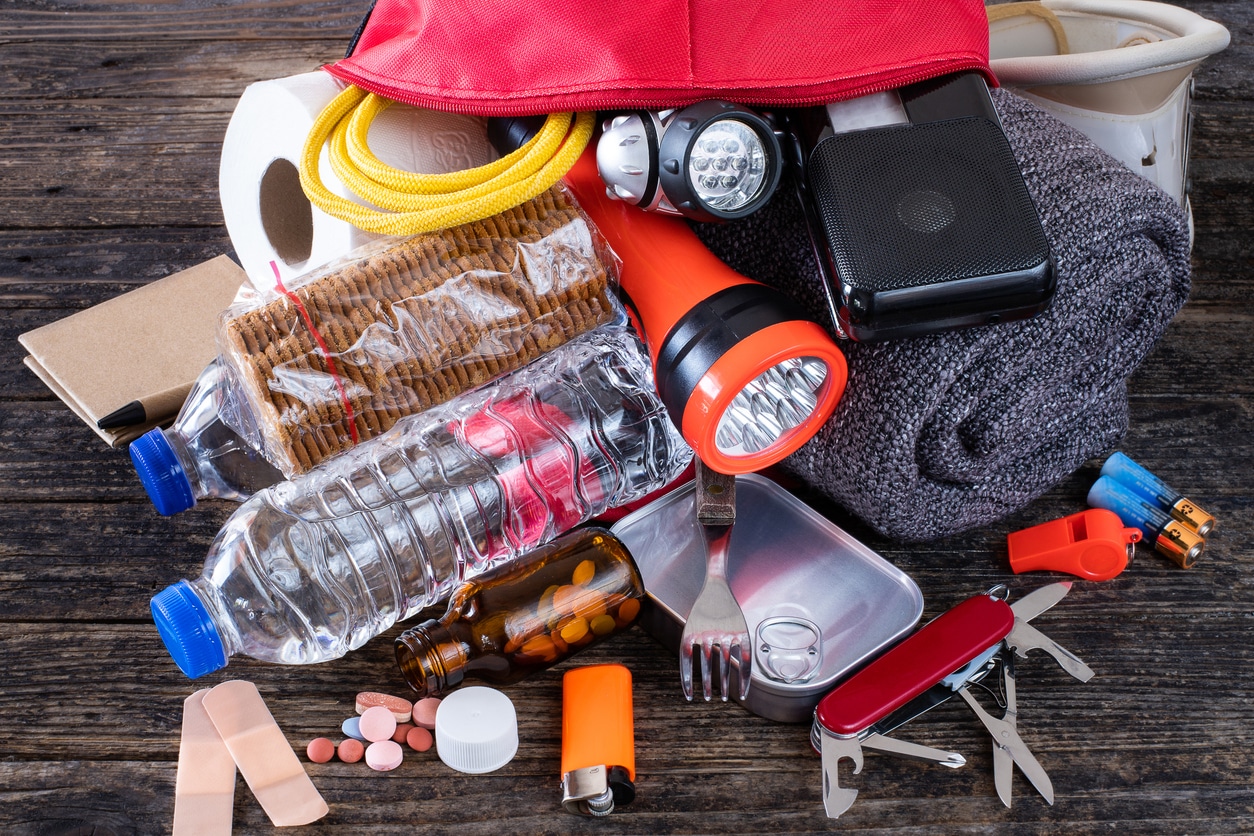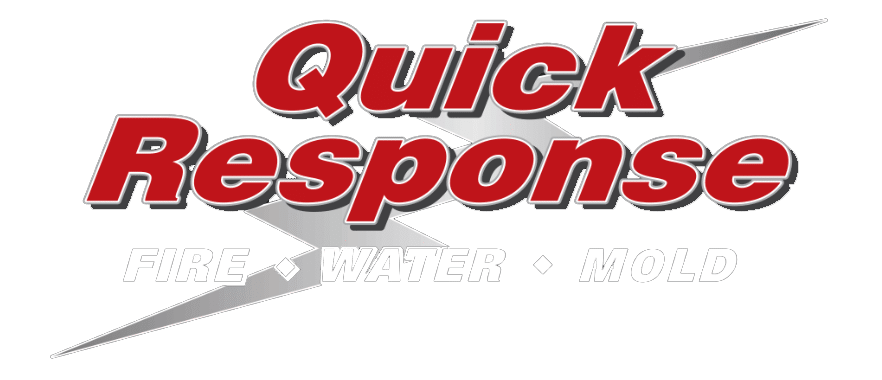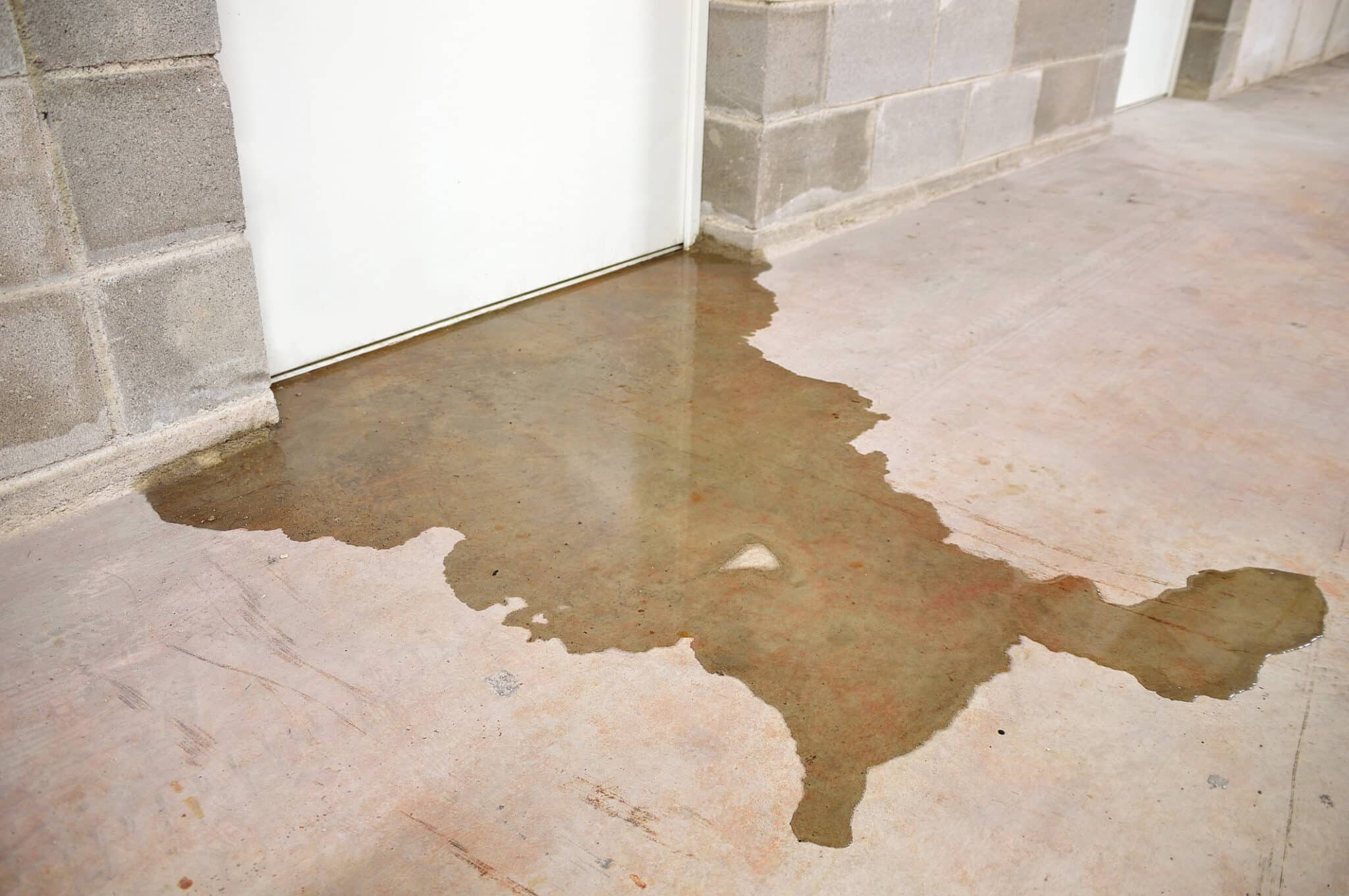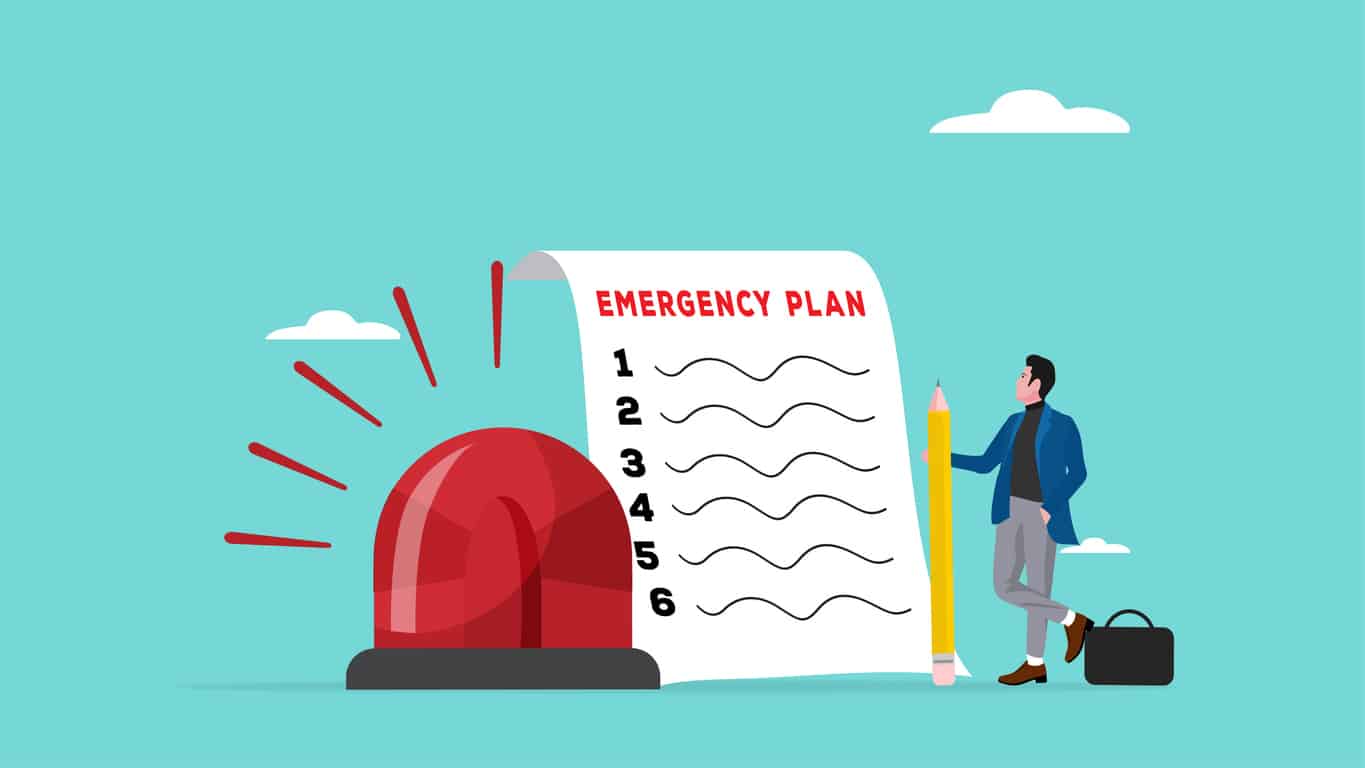A flooded basement is a nightmare for any homeowner. Whether it’s from heavy rain, a…

Pack and Protect: Essential Items to Include in Your Emergency Go-Bag
Have you ever been asked what’s one thing you would grab if your house caught fire? When there are so many essential items you need, being prepared can make a huge difference. Even though you don’t want to fear the worst, you can still mitigate stress about what happens after a disaster. That’s why making a go-bag should be a priority for every family.
A go-bag, also known as an emergency kit, is a portable collection of essential items you would need in the event of an emergency or natural disaster. It’s designed to provide the basic necessities to sustain yourself and your loved ones for at least 72 hours, the critical period immediately following a crisis.
Today, Quick Response Restoration will explain why having a go-bag ready is so important, what essential items it should include, and what to do when an emergency strikes.
The Importance Of Being Prepared For Emergencies
Emergencies and natural disasters can take many forms – from severe weather events like hurricanes, tornadoes, and floods, to man-made crises like power outages, chemical spills, or terrorist attacks. Regardless of the specific situation, having a go-bag ready can provide you with a sense of security and the tools you need to stay safe, comfortable, and self-sufficient until help arrives or you can return home.
A well-stocked go-bag ensures you and your family are prepared to evacuate quickly and safely without scrambling to gather necessary supplies. Emergencies can strike at any time, often with little to no warning, so being proactive and creating a go-bag can mean the difference between coping with a difficult situation and facing a potentially life-threatening one.
Choosing The Right Bag For Your Go-Bag
The type of bag you choose should be convenient to grab and carry. Consider the following factors when selecting the right bag:
Size and capacity: Choose a bag large enough to hold all the essential items you’ll need but not so large that it becomes cumbersome to carry. A backpack or duffel bag in the 20-30 liter range is often a good balance.
Durability: Look for a bag made of sturdy, water-resistant materials like nylon or polyester that can withstand the elements and potential rough handling.
Comfort and mobility: Since you may need to carry the bag for an extended period, consider choosing one with padded straps and a sturdy frame to distribute the weight evenly.
Organization: Consider a bag with multiple compartments and pockets to help you stay organized and easily access the items you need.
Essential Items For Your Go-Bag
Regardless of the specific emergency or situation you’re preparing for, your go-bag should contain a core set of essential items to fulfill your basic survival needs. These include:
Clothing & Personal Items For Your Go-Bag
- 2-3 changes of comfortable, weather-appropriate clothing (including socks and underwear)
- Sturdy, comfortable shoes or boots
- Warm jacket or coat
- Rainwear (poncho or rain jacket)
- Hat, gloves, and scarf
- Sunglasses
- Hygiene items (toothbrush, toothpaste, feminine products, etc.)
- Medications (both prescription and over-the-counter)
- Cash in small bills and coins
Food & Water Supplies For Your Go-Bag
- 3 days’ worth of non-perishable, high-calorie, and easy-to-prepare food (such as energy bars, dried fruit, nuts, and canned goods)
- 1 gallon of water per person per day for at least 3 days
- Water purification tablets or a portable water filter
- Can opener and basic eating utensils
- First aid and medical supplies for your go-bag
- First aid kit (bandages, gauze, antiseptic, pain relievers, etc.)
- Any necessary personal medical equipment (e.g., glasses, hearing aids, insulin, etc.)
- Prescription medications (at least a week’s supply)
- Thermometer
- Tweezers and scissors
- Disposable face masks and hand sanitizer
Tools & Equipment For Your Go-Bag
- Flashlight or headlamp with extra batteries
- Battery-powered or hand-cranked radio
- Multi-tool or pocket knife
- Duct tape and zip ties
- Whistle to signal for help
- Emergency blanket and poncho
- Lighter and waterproof matches
- Compass and map of your local area
- Important documents and communication devices for your go-bag
- Copies of important identification documents (driver’s license, passport, birth certificate, etc.)
- Copies of insurance cards and policy information
- Emergency contact information for family, friends, and local authorities
- Cash and credit/debit cards
- Portable phone charger and extra batteries
- List of emergency phone numbers and addresses
Customizing Your Go-Bag For Specific Situations
While the core items listed above should be included in any well-stocked go-bag, you may want to customize your bag further based on the specific types of emergencies or natural disasters you’re most likely to face in your area. For example:
Water Damage Or Flood Preparation
- Waterproof bag or container for your items
- Extra plastic bags for storing wet items
- Waterproof matches and a lighter
- Sturdy, waterproof boots
Storm Or Hurricane Preparation
- Battery-powered fans or portable air conditioning unit
- Tarp or plastic sheeting for makeshift shelter
- Duct tape and plastic sheeting for window and door sealing
- Extra blankets and warm clothing
Wildfire Or Earthquake Preparation
- N95 or P100 face masks to filter smoke and ash
- Goggles and heavy-duty gloves
- Fire extinguisher
- Sturdy, closed-toe shoes
- Camping or survival knife
Where To Store Your Go-Bag
Your go-bag should be stored in an easily accessible location, such as a closet near the exit of your home or in your vehicle. Avoid storing it in the basement or attic, as these areas may be inaccessible or unsafe during an emergency.
Restoring Damage to Your Property After an Emergency
You can’t always prevent natural disasters or emergencies, but you can prepare for them. By assembling the right supplies, you can ensure that you and your loved ones are equipped to weather the storm, no matter what challenges arise.
Quick Response Restoration is your partner in preparing for an emergency and restoring damaged property once it’s over. When you’re faced with water damage, disrepair from fire, or chaos to your property from storms, don’t hesitate to contact us.
Restore & Renew: When Disaster Strikes, Call Quick Response Restoration in Saratoga County!
When disasters strike, Quick Response Restoration is your trusted partner in Saratoga County. Our experienced team is ready to restore your property, providing swift and professional disaster recovery services.
Contact us today to schedule expert restoration services by visiting our website or calling 518-899-7090.




